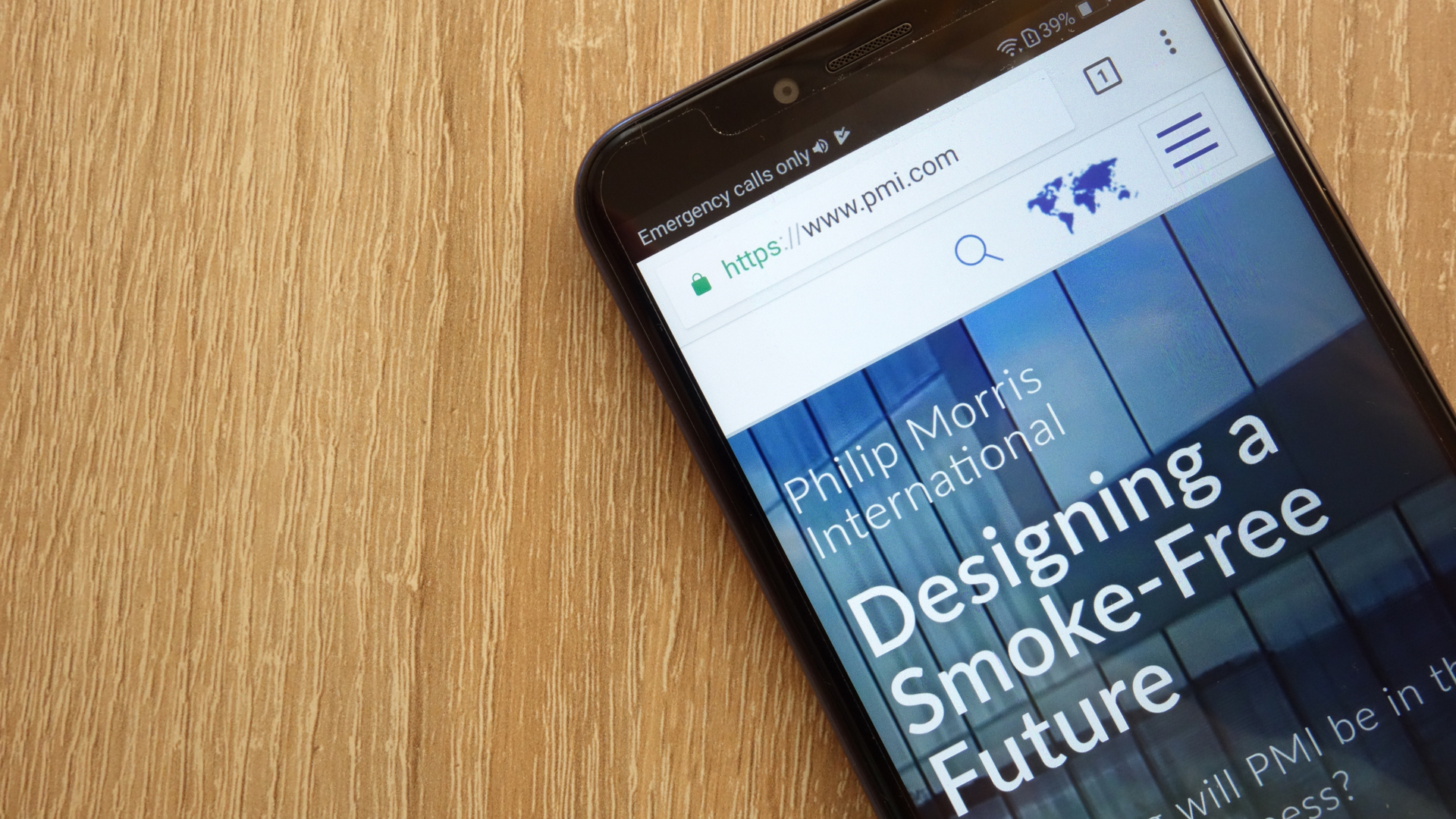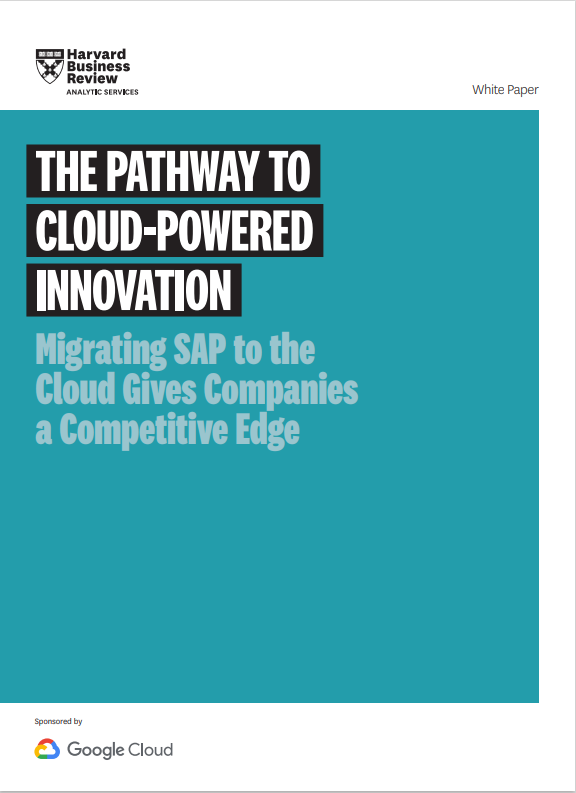Cleaning up legacy IT to drag big tobacco into the future
Philip Morris International’s CDIO, Michael Voegele, discusses how digitisation has been key to a transition from selling cigarettes to smoke-free products


In his role as chief digital and information officer (CDIO) at Philip Morris International (PMI), Michael Voegele is helping to support a major transformation in the 174-year-old company's business model. The ultimate goal is to transition an organisation known for selling cigarettes into one that sells so-called smoke-free products.
This monumental change in operations, however, requires a commensurate shift in digital platforms. As well as building internal platforms to support day-to-day operations, Voegele’s team is working with the rest of the business to develop digital channels that will help PMI's local operations sell risk-reduced products, in line with strong regulatory requirements.
“We want to have global platforms that we can deploy changes to at speed, and at scale, but that we don't lose the innovative ideas we have at the market level where the people directly interact with our consumers,” says Voegele, who joined PMI in 2019, having previously been CIO at sportswear giant Adidas.
The CDIO says his work has focused on turning old systems into new ones, and that this transition is centred on three key areas. These pillars, which support PMI’s ongoing business transformation, are managing legacy systems, application development and wider business integration.
Cleaning up legacy systems
Voegele inherited a significant legacy estate at PM; in total, the firm was running more than 2,600 applications. While the challenge of dealing with legacy IT is common to many newly appointed CIOs, Voegele believes his team has made significant progress when it comes to engaging the rest of the business in this critical clean-up process.
Back in 2019, the company was planning to spend north of €100 million renovating its back-end infrastructure and implementing a global instance of an SAP environment. Voegele believed, however, SAP was badly suited to an organisation looking to engage much more directly with the people who would buy its risk-reduced products.
The aim now is to channel investment into front-end services, yet Voegele also recognises some legacy systems remain crucial to day-to-day operations. IT teams can clean up the proliferation of older IT, but they also need to find ways to hook the technologies that are harder to remove into the business’ new digital services. He says CIOs must present the scale of the legacy challenge to the business, so they buy into the changes required.
Sign up today and you will receive a free copy of our Future Focus 2025 report - the leading guidance on AI, cybersecurity and other IT challenges as per 700+ senior executives
RELATED RESOURCE

The pathway to cloud-powered innovation
Migrating SAP to the cloud gives companies a competitive edge
“Look at it,” he adds, “and say: “Hey, do we really need 2,600 legacy systems? Do we really need 15 different systems for one business capability in each individual market? Can we actually simplify it? Can we clean up what we have created over the past 20 years in a meaningful way?”.”
The rest of the business, thankfully, bought into Voegele’s approach, and the legacy IT estate has been cut by 500 systems, with plans to remove a further 500. More than 200 applications, meanwhile, have been moved from the data centre to the cloud, with the firm aiming to decommission its data centres and be 100% cloud-based by the end of 2022.
Building systems for the future
Moving to the cloud is central to the second pillar of Voegele’s digital transformation approach. “That was about thinking about what is it we actually need today and into the future, from a technology perspective,” he says, “not just in the sense of systems but in the sense of processes and capabilities.”
His team assessed how it could use off-the-shelf software to help the business achieve its aims as well as augment these tools with what Voegele refers to as “competitive advantage-generating applications”. Here, PMI is using the public cloud, building application programming interfaces (APIs) to help its tools interact, and honing internal development capabilities.
Voegele says PMI now understands that forging a competitive advantage through technology is likely to rely on quick access to in-house talent, rather than a reliance on big-name external providers. Voegele has, therefore, overseen the creation of an 80-strong team of software engineers in Portugal and Poland. These developers are building digital capabilities for business units around the globe.
“That is a team that we built from scratch to bring in this know-how,” he says. “A lot of people think of software engineering as ‘people who code’, but it's a much broader field in terms of processes, methodologies and tooling. We want to bring those competencies into the organisation, so we can start shifting into this new world of technology creation.”
Although IT projects must be delivered on time, on budget and to scope, Voegele says they’re also measured on the benefits they bring to the organisation. “We have completely shifted the metrics for most of our teams and actually now have shared metrics with our business colleagues,” he explains. “Value, instead, is linked to achieving the business case.”
Expanding the business’ capabilities
The third aspect of Voegele’s transformation effort has focused on IT and business integration. Rather than existing as a silo working across the organisation, PMI’s development capabilities now sit at the heart of business operations.
“We’ve created vertical, integrated accountabilities for our business partners, where they have a one-stop-shop to go to in their own functions, rather than the classic and traditional horizontal approach to IT where you segregate account management from the build and the run side of applications,” the CDIO outlines.
This integrated approach has helped PMI establish end-to-end ownership for digital capabilities, whether that’s in consumer-facing areas, commercial elements, or in the finance department. From demand management and onto the design, build and running of services, everyone in each area of the business is aware of what’s being created and when.
By the end of 2021, Voegele’s team will have deployed a new customer engagement platform in 20 markets around the world. Another key priority is the continued development of an omnichannel shopping experience, where the team considers how PMI interacts with customers in different markets around the globe. Voegele says IT and business integration means digital transformation produces great results.
“We have to find a way of balancing and building the core platform that delivers the core capabilities, but which gives us the ability to innovate and connect into the core, at the market level, with differentiating competitive advantages,” he says. “I think that's the balance we are striving for with all those technology changes we are introducing.”

Mark Samuels is a freelance writer specializing in business and technology. For the past two decades, he has produced extensive work on subjects such as the adoption of technology by C-suite executives.
At ITPro, Mark has provided long-form content on C-suite strategy, particularly relating to chief information officers (CIOs), as well as digital transformation case studies, and explainers on cloud computing architecture.
Mark has written for publications including Computing, The Guardian, ZDNet, TechRepublic, Times Higher Education, and CIONET.
Before his career in journalism, Mark achieved a BA in geography and MSc in World Space Economy at the University of Birmingham, as well as a PhD in economic geography at the University of Sheffield.
-
 Trump's AI executive order could leave US in a 'regulatory vacuum'
Trump's AI executive order could leave US in a 'regulatory vacuum'News Citing a "patchwork of 50 different regulatory regimes" and "ideological bias", President Trump wants rules to be set at a federal level
-
 TPUs: Google's home advantage
TPUs: Google's home advantageITPro Podcast How does TPU v7 stack up against Nvidia's latest chips – and can Google scale AI using only its own supply?